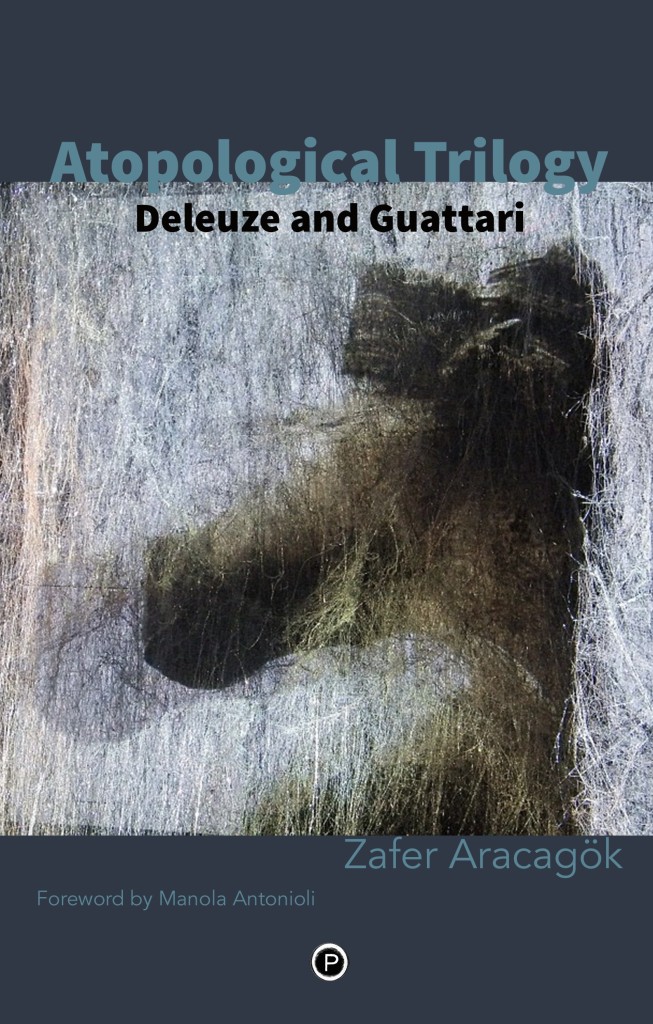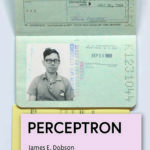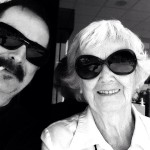Atopological Trilogy creates new concepts for Deleuze-Guattarian thought without any heed for sectarian, sermonising, or dutiful readings of the philosophers. In Part I of the trilogy, “Becoming-Sexual of the Sexual,” Aracagök demonstrates the ways in which quantum theory and the concept of “complementarity” inform Deleuze and Guattari’s thought, especially in relation to “becoming” in general and “becoming-woman” and “becoming-queer” more particularly. Aracagök argues that the ways in which the philosophers put forward a ban on “becoming-man” with a certain degree of undecidability encapsulates (albeit in a cryptic form) other becomings, the most important of which is becoming-queer, or rather, the becoming-sexual of the sexual.
In Part II: “Deleuze on Sound, Music, and Schizo-Incest,” Aracagök puts into resonance the sound, noise, and music (and the question) of schizo-incest with the intention of deterritorialising a notion of the meta-audible. If Kafka’s story, “The Investigations of a Dog” leads us to a realm of the “formless” which cannot be heard without destroying what we know as “hearing,” it also offers us a limit-experience of the meta-audible, which, when radicalised via the notions of “schizo-incest” and “self-shattering,” creates a line of flight that escapes even from the line of flight itself. All these maneuvers pose a serious challenge to Deleuze and Guattari, who claim that despite all his investigations, Kafka’s investigator dog is re-Oedipalised in the end. Proposing in the end a limit experience which Aracagök calls the “meta-audible,” he shows that Kafka’s more radical approach to sound creates a line of flight that escapes even from the line of flight itself.
The final essay of the trilogy, “Clinical and Critical Perversion,” begins with the 19th-century crisis of an abyss presumed to be yawning between mimesis and diegesis ever since Plato. According to Aracagök, this takes the form of a crisis of the “political,” the repression of which becomes the mission of psychoanalytical discourse towards the end of the 19th century. This crisis finds another form of expression in George Büchner’s unfinished 1836 novella Lenz, relative to the audibility of a “terrible voice which is usually called silence.” If the disappearance of the “political” is related to the rise of psychoanalysis on the protocols of, first, hypnosis, and then, the “talking cure,” both of which privilege the presumed form of the voice of the analyst over the analysand’s silence (a psycho-politics?), Aracagök proposes re-distributing this process, calling renewed attention to the clinicalisation of perversion, along Deleuzian-Guattarian distinctions such as: surface and depth, critical and clinical, oedipal-incest and schizo-incest, leading to a re-evaluation of what Deleuze and Guattari might have meant by “homosexual-effusion” in their book Kafka: Toward a Minor Literature, all in order to deterritorialise the “political” under a new concept — namely, critical perversion.
Ultimately, Atopological Trilogy offers the reader no safe grounds for preserving not only a philosophical identity but also not any identity, if only to be able to let you float in the air without any guidance à la Kafka’s “Red Indian.”





